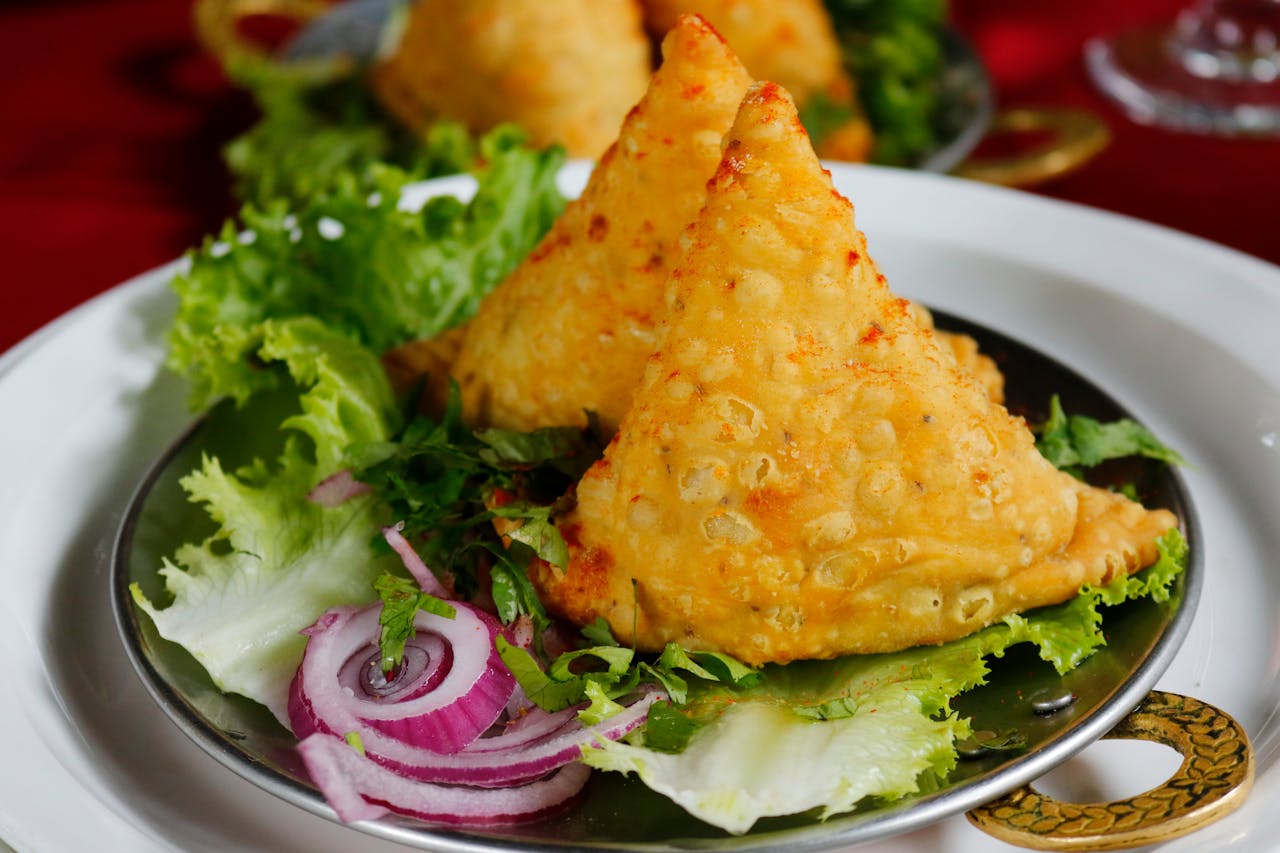
Some of India’s most beloved dishes actually came from faraway lands but were transformed into local icons. Here are a few cultural and historical gems. Samosa’s Persian Passport Before it was stuffed with spiced potatoes in Indian kitchens, the samosa began as sambosa—a Persian pastry filled with meat and nuts. It traveled to India via traders and was reinvented with local flavors. Naan’s Mughal Origins Naan wasn’t born in India—it came from Persian and Central Asian royal cuisine. Baked in tandoors for Mughal feasts, we later gave it garlic, butter, and cheesy twists. Vindaloo’s Fiery Portuguese Roots Goa’s spicy pork vindaloo is a cousin of carne de vinha d’alhos—meat marinated in wine and garlic—brought by Portuguese sailors in the 15th century. Indian spices took it to new heights. Chicken Tikka Masala: Made in Britain Surprise! Many historians say it was created by a South Asian chef in Glasgow who added creamy tomato sauce to grilled chicken to suit British palates. Biryani: Persian Soldier’s Meal Turned Regal Feast Its name comes from the Persian words birian (to fry) and birinj (rice). The Mughals turned it into the layered delicacy Indians now associate with family gatherings and food fights. Chai’s Chinese Connection Tea plants are native to East Asia. The British brought them to India to compete with China, and Indians added milk, sugar, and spices to create the masala chai we worship today. These examples show how Indian cuisine has always been open to experimentation, adaptation, and storytelling. It’s not just fusion—it’s evolution, with a desi soul at the center.
© Travel Media. All Rights Reserved. Privacy